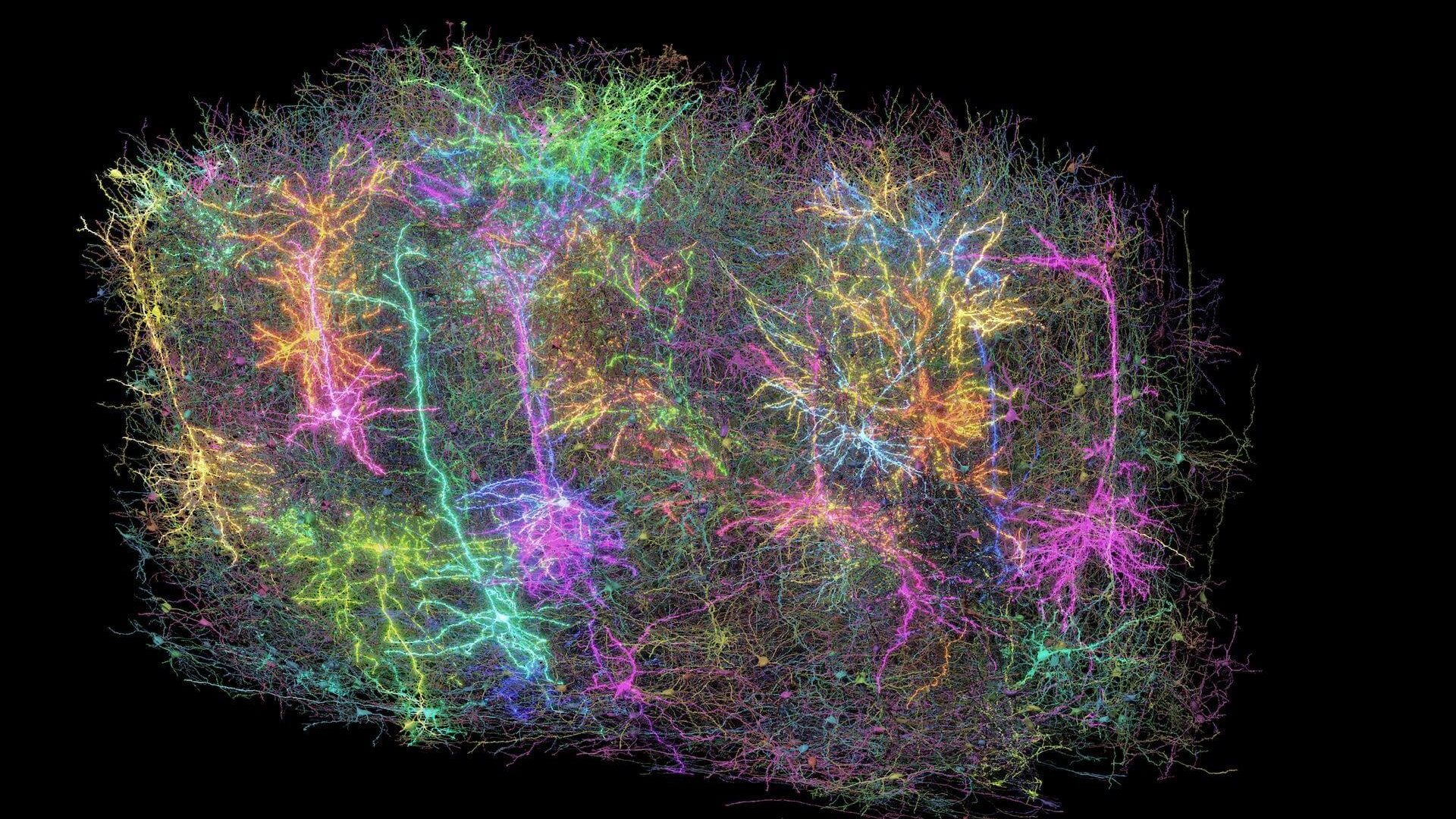Health & Science
A depression breakthrough; Why free contraception matters; Earth’s weakening shield; A diamond planet
A depression breakthrough
A hallucinatory party drug could point the way to the first new treatments for depression in a generation. Scientists have discovered that ketamine (“Special K’’), which club-goers take for dream-like highs, also improves mood disorders by repairing damaged connections in the brain. What’s more, ketamine works within hours as opposed to weeks—even for people whose mood disorders have proved resistant to other drugs. The breakthrough “represents maybe one of the biggest findings in the field over the last 50 years,’’ Yale University neurobiologist Ron Duman tells NPR.org. Researchers involved in the study say the previous model of depression—based on the idea of “chemical imbalances’’ in the brain—may be wrong, and that depression may be the result of stress-induced damage to brain cells that control mood. Ketamine, they say, speeds the growth of new synapses—the connections between brain cells—and can quickly reverse the neuronal damage associated with depression. The most popular class of depression drugs, SSRIs, don’t work for about a third of those struggling with depression. Ketamine’s negative side effects, including hallucinations, delirium, and kidney damage, make its widespread use as a depression treatment unlikely. But what the drug is revealing about how the brain works, Duman says, may lead to new, safer drugs, and “ultimately provide a much better way of treating depression.’’
Why free contraception matters
The Week
Escape your echo chamber. Get the facts behind the news, plus analysis from multiple perspectives.

Sign up for The Week's Free Newsletters
From our morning news briefing to a weekly Good News Newsletter, get the best of The Week delivered directly to your inbox.
From our morning news briefing to a weekly Good News Newsletter, get the best of The Week delivered directly to your inbox.
Free access to birth control could prevent up to two thirds of U.S. abortions, a new study has found. Nearly half of all pregnancies in the U.S. are unplanned, and of those, more than 40 percent end in abortion. But when researchers at the Washington University School of Medicine offered more than 9,000 mostly low-income women and teens free birth control, the number of accidental pregnancies in the group fell to between 60 and 80 percent below the national average, LiveScience.com reports. Receiving free contraception made teens—a group at particularly high risk for unintended pregnancy—one sixth as likely to give birth. “The impact of providing no-cost birth control was far greater than we expected,’’ says study author Jeff Peipert. The women in the study were more likely than average to choose long-lasting forms of birth control like IUDs and hormonal implants, which have a high up-front cost but are more dependable. Making such contraception methods available to women who can’t afford them, Peipert says, “is key to reducing” both unintended pregnancies and abortions.
Earth’s weakening shield
Earth’s magnetic field is weakening, and could all but disappear within the next 500 years—exposing our planet to intense solar radiation that would scour its surface of life, Reuters.com reports. Researchers say the geological record indicates that Earth’s magnetic field tends to switch polarity every 250,000 years—and that it’s about 550,000 years overdue for a swap, which typically begins with the dwindling away of the field’s force. “In the past 150 years, the strength of the magnetic field has lessened by 10 percent, which could indicate a reversal is on the cards,” says Oxford University earth scientist Conall Mac Niocaill. Mars, which scientists believe permanently lost its magnetic field some 3.8 billion years ago, could be a model for what Earth would be like if ours disappeared. Mars’s lack of a magnetosphere has allowed solar wind “to strip the atmosphere away” and upped the amount of “cosmic radiation making it to the surface,” Mac Niocaill says. A similar event on Earth would wipe out all life. Even if the field just continued to weaken, it would scramble electricity and GPS systems, and make it difficult for the many species that navigate using magnetic sensing to migrate.
A diamond planet
A free daily email with the biggest news stories of the day – and the best features from TheWeek.com
If only Elizabeth Taylor were still alive. A planet made largely of diamond has been identified in orbit around a star that is visible to the naked eye. The high-carat makeup of the planet, named 55 Cancri e, became clear through an analysis of its mass and radius and the composition of its host star. “The surface of this planet is likely covered in graphite and diamond rather than water and granite,” Yale astronomer Nikku Madhusudhan tells Space.com. Researchers have long theorized the existence of such so-called carbon planets, where that element is as prevalent as oxygen is on Earth, and in 2009 located one orbiting a neutron star 11,000 light-years away. But 55 Cancri e, which is only about 40 light-years away, is the first such planet identified circling a sun-like star. It is very close to its sun, and thus has an estimated surface temperature of 3,900 degrees. The intense heat has combined with the pressure of geological forces to turn much of the planet’s original carbon mantle into a mass of pure diamond. There’s trillions of times more diamond there than has ever been mined on Earth.
-
 The great global copper swindle
The great global copper swindleUnder the Radar Rising prices and easy access makes the metal a ‘more attractive target for criminals looking for a quick profit’
-
 ‘They’re nervous about playing the game’
‘They’re nervous about playing the game’Instant Opinion Opinion, comment and editorials of the day
-
 Will Netanyahu get a pardon?
Will Netanyahu get a pardon?Today's Big Question Opponents say yes, if he steps down
-
 5 recent breakthroughs in biology
5 recent breakthroughs in biologyIn depth From ancient bacteria, to modern cures, to future research
-
 Bacteria can turn plastic waste into a painkiller
Bacteria can turn plastic waste into a painkillerUnder the radar The process could be a solution to plastic pollution
-
 Scientists want to regrow human limbs. Salamanders could lead the way.
Scientists want to regrow human limbs. Salamanders could lead the way.Under the radar Humans may already have the genetic mechanism necessary
-
 Is the world losing scientific innovation?
Is the world losing scientific innovation?Today's big question New research seems to be less exciting
-
 Breakthrough gene-editing treatment saves baby
Breakthrough gene-editing treatment saves babyspeed read KJ Muldoon was healed from a rare genetic condition
-
 Humans heal much slower than other mammals
Humans heal much slower than other mammalsSpeed Read Slower healing may have been an evolutionary trade-off when we shed fur for sweat glands
-
 Scientists map miles of wiring in mouse brain
Scientists map miles of wiring in mouse brainSpeed Read Researchers have created the 'largest and most detailed wiring diagram of a mammalian brain to date,' said Nature
-
 Scientists genetically revive extinct 'dire wolves'
Scientists genetically revive extinct 'dire wolves'Speed Read A 'de-extinction' company has revived the species made popular by HBO's 'Game of Thrones'